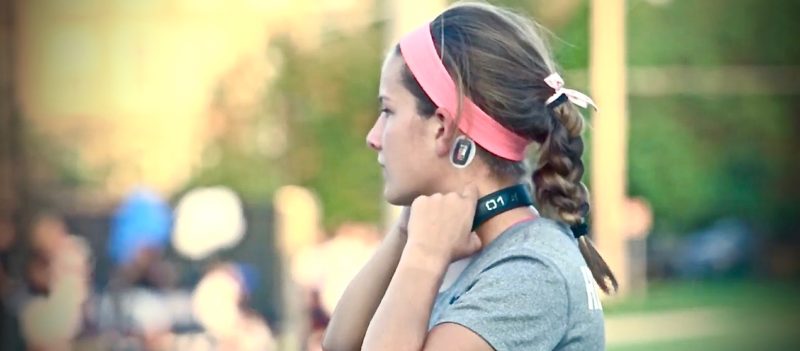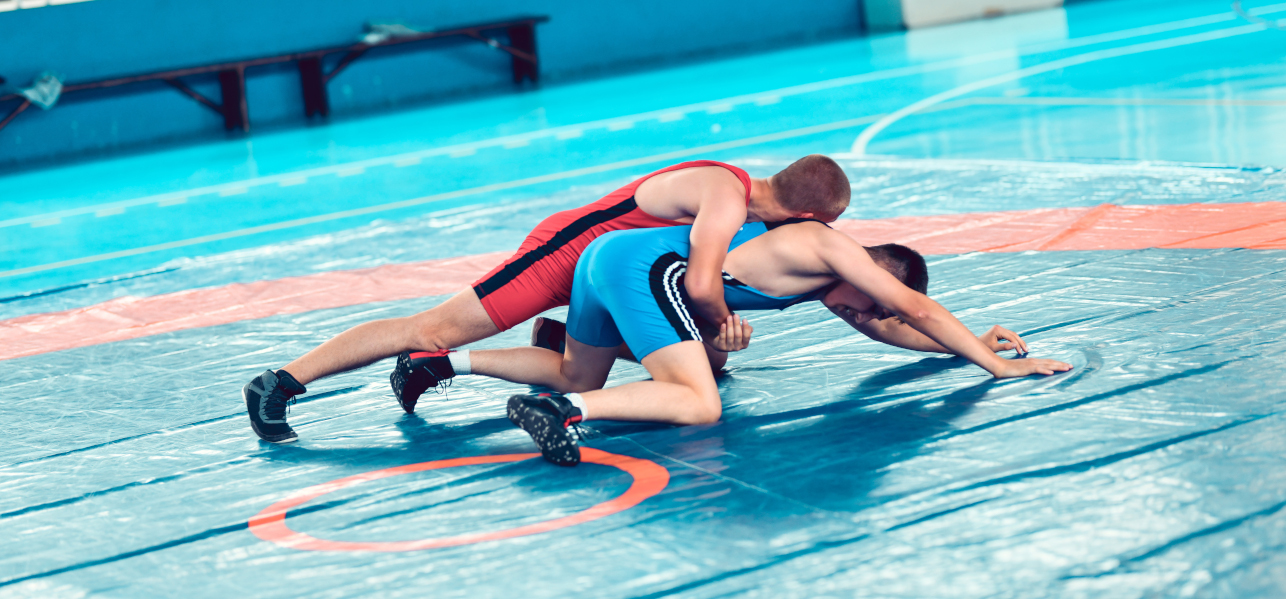As the director of research for the division of sports medicine at Cincinnati Children’s, I encourage kids to play a variety of sports. In my opinion, the benefits of playing far outweigh the risks when it comes to injuries and athletics. With that said, we are always working to find ways to make playing sports safer and that is the focus of new research we’re conducting around an experimental neck device called the Q-Collar.
We have been studying this device on football players for several years to see if it can help reduce the risk of traumatic brain injury. Now, we’ve expanded that research to include girls’ soccer. You may be surprised to learn that, second only to football, soccer players face one of the highest risks of sustaining a traumatic brain injury in sports.
What The Q-Collar Does:
The Q-Collar is a device that athletes wear around their neck and is designed to put a specific pressure on the jugular vein. What that pressure does is put a “small kink in the hose” of the blood leaving the brain. That pressure on the vein keeps more blood near the brain, making it less likely to move when exposed to a head impact.
I like to think of it as a way of creating an artificial airbag around the brain so that it can’t slosh or move when an athlete sustains a blow to his or her head. In soccer, these impacts can come from a head ball, a collision with another player, or hard fall. This particular study, published in the British Journal of Sports Medicine, is focused heavily on sub-concussive impacts or smaller blows to the head.
The Study
This study focused on two teams of female soccer players. One team wore the Q-Collar and the other did not.
Both teams wore and an accelerometer, a computer chip behind the ear, which tracked every hit sustained during practice and games. Girls from both teams also participated in neuroimaging at Cincinnati Children’s so we could then analyze the head impact exposure from before the season to after it was over.
The Results
After reviewing data over three months, the results for players wearing the collar are promising. When the athletes were exposed to head impacts, we saw the collar prevented microstructural changes in the brain that are associated with head impact exposure. We track the brain’s integrity and changes to it by using MRI technology called Diffusion Tensor Imaging. More good news is that the changes in the brain from head impacts in the athletes who did not wear the collar reversed back towards normal in the 3-month, follow-up rest period.
The illustration below reflects the changes in the brain from the two different soccer teams.
On the left, the gold color reflects all the changes in brain structure for the team that didn’t wear the Q-collar over a course of 3 months of play. As you can see, there’s a considerable difference compared to the team on the right who wore the Q-collar and saw very little change.
More research is already underway with studies continuing in both boys’ and girls’ athletics. The maker of the Q-Collar, Q30 Innovations, is pursuing FDA approval and hopes to make it available in 2019.
Our team of sports medicine specialists is here to help any time your athlete has an injury or health concerns. Call 513-803-HURT to schedule an appointment.






I would love these under the neck guards of my hockey players!